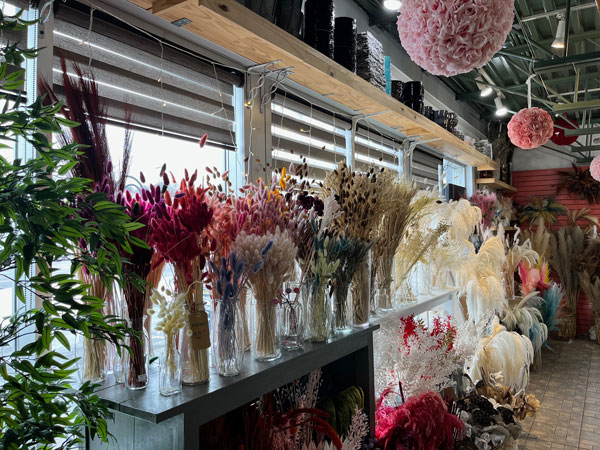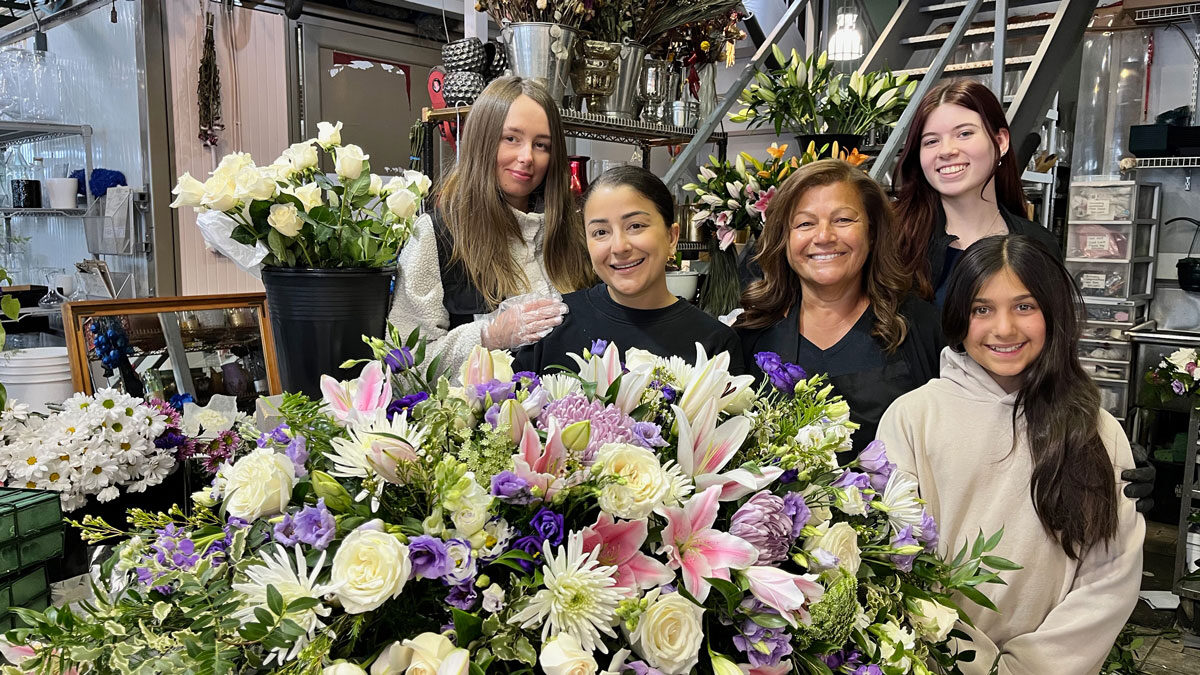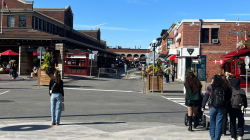If you were thinking about buying flowers for that special someone this Valentine’s Day, you may have noticed that it will cost you more this year.
No matter where you look, a standard Valentine’s Day floral arrangement will set you back about $100, with some fancier bouquets reaching nearly $200.
According to Statistics Canada, in line with other goods affected by inflation, the price of cut flowers in December was up 6.7 per cent from the previous year.
Percentage of price increase from the previous year by Marissa Galko
Wadia Oneid, owner and lead designer at Beaudry Flowers in east-end Ottawa, said she has had to increase her prices because of inflation.
“We see inflation all the time, but COVID hit us big time,” she said. “We can’t find many people to work. It’s been so tough to do business, but thanks to the help and support of the community, we’re still OK. We’re still working.”
She said the increase in prices from the time a flower leaves the ground to when it shows up to her business has forced her to pass higher costs on to her customers.
‘The transportation is expensive because gas prices have increased, too. To cut flowers, to cut greens, it’s all over the place — and in every way from the farms to the wholesaler to the transportation to us. They’re all having problems.’
— Wadia Oneid, owner, Beaudry Flowers in east-end Ottawa
“The transportation is expensive because gas prices have increased, too. To cut flowers, to cut greens, it’s all over the place — and in every way from the farms to the wholesaler to the transportation to us. They’re all having problems. That’s why, at the end of the day, it comes to us.”
Gas prices have softened from their summer-time high, meaning inflation is finally softening, as well, when it comes to the sale of goods in Canada.
According to a recent report by the Bank of Canada, inflation and the consumer price index may be seeing a dip in 2023.
“CPI inflation in Canada is still too high but has declined from its recent peak,” said the bank’s January monetary policy report. “Ongoing excess demand in the economy continues to exert upward pressure on prices. But, with lower energy prices, improvements in global supply chains and the effects of higher interest rates moving through the economy, inflation has started to ease.”
Flower inflation by Marissa Galko
While price relief is in sight, many businesses are still feeling the sting of inflation brought on in the second half of 2022.
In a recent study by Dating.com, it found that 40 per cent of people in relationships claimed they are opting out of some of their usual Valentine’s Day rituals this year because of inflation.
Ottawa resident Julia Newell-Santiago, 20, said she’s cutting back on Valentine’s Day spending on her partner this year, as things have gotten too expensive.
“We’ve only spent one Valentine’s Day together, but last year we bought each other small items and we made little gift bags,” she said. “I wanted to do the same thing this year, but I bought like four items from the grocery store the other day and it cost $30. This year, I’ll probably just be baking something.”
Newell-Santiago said she will still look to buy flowers, but doesn’t see herself paying $100 or more to do so.
Oneid said she recognizes that people are on tighter budgets this Valentine’s Day and is planning to offer something for everyone, no matter their budget.

“We’re going to have a small flower arrangement, small bud vases,” she said. “We do dried, fresh, faux flowers. Our cooler will be full of things we will offer at a variety of prices so that whoever is here can afford to get something special.”
Despite inflation putting a damper on the Feb. 14 celebration, Oneid says she’s expecting a big turnout for Valentine’s Day at her store.
“It’s going to be busy,” she said. “And because (Valentine’s Day)’s a Tuesday, it will be a busy day for florists. At least for us, we’re sending flowers to offices — and after 2 or 3 o’clock, the guys arrive wanting roses after work.”




